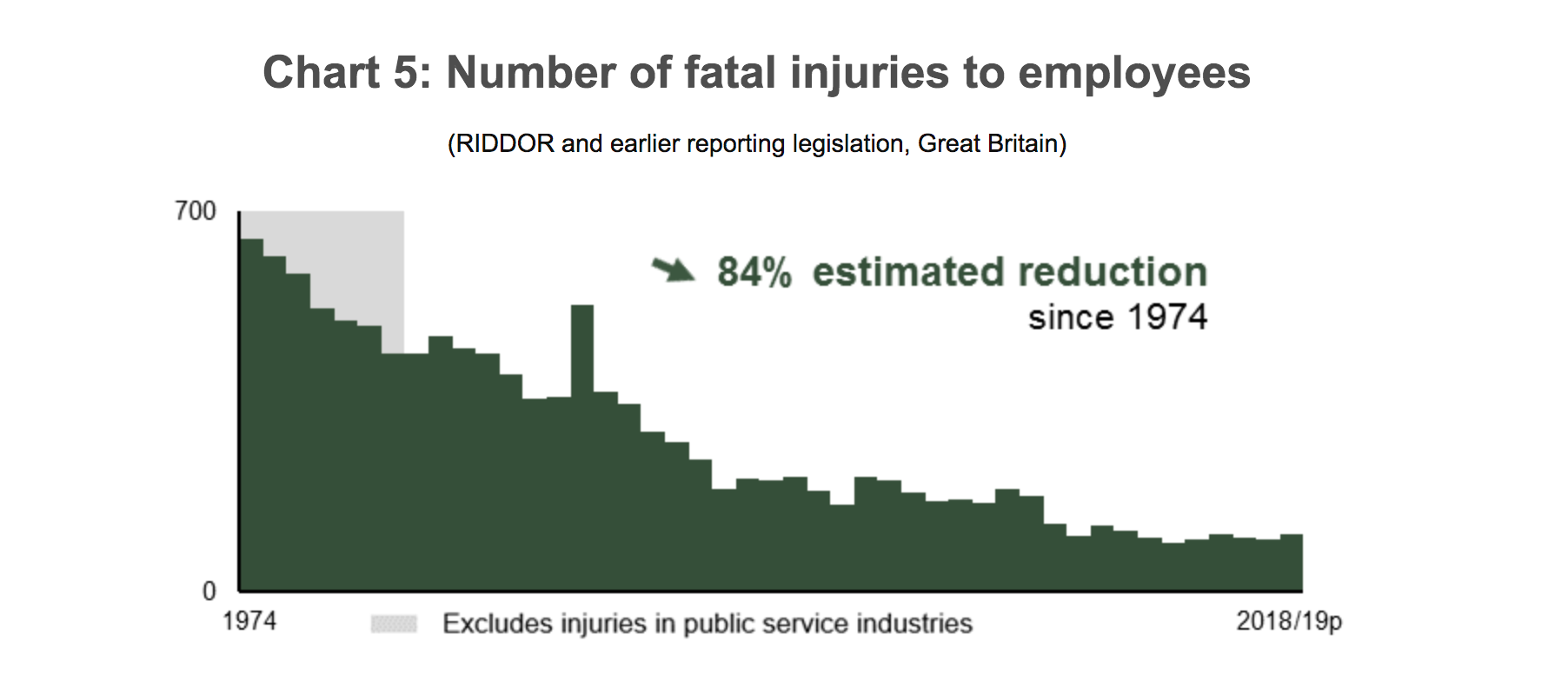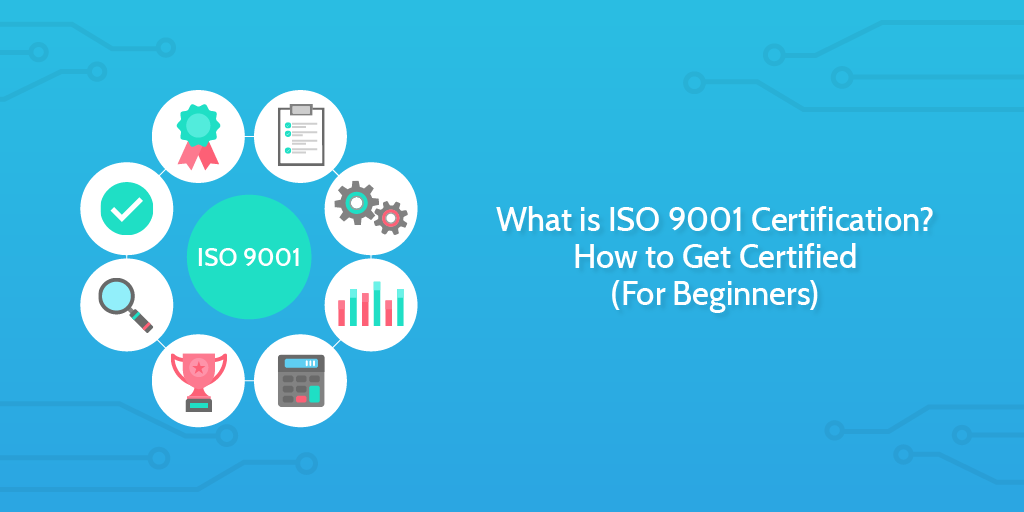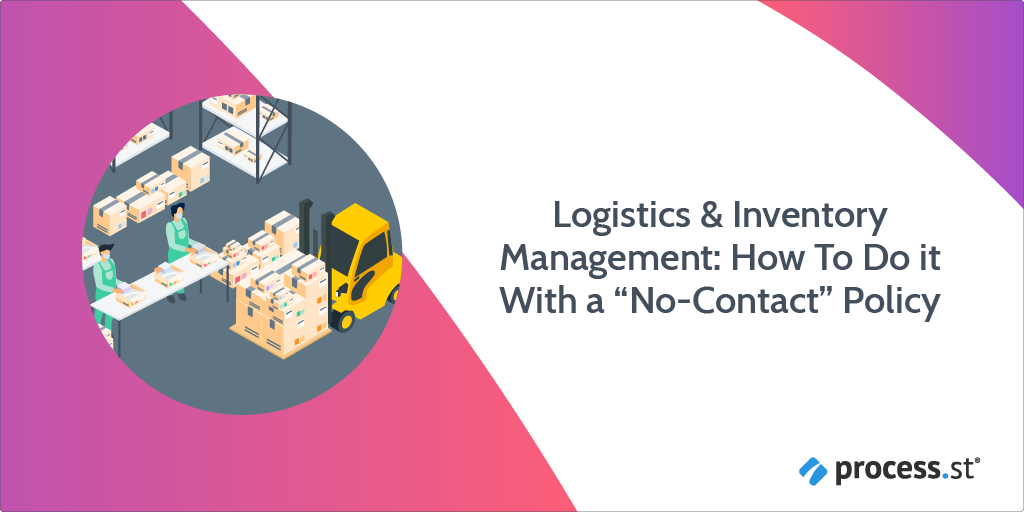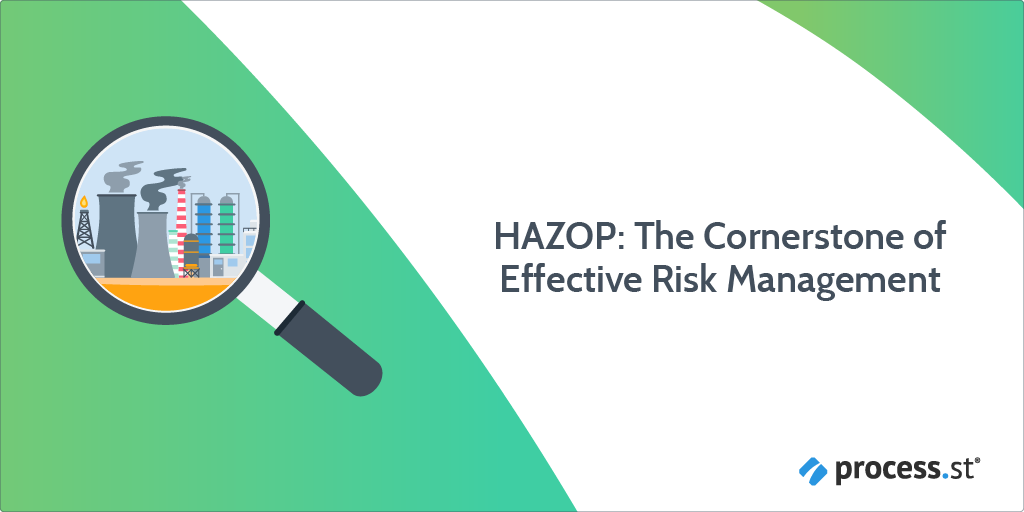
Calderys, a global leader in high-temperature refractory solutions, supplies critical materials to industries like steel, cement, and petrochemicals. With operations across Europe, the Americas, and Asia—including the UAE—the company supports extreme industrial environments with tailored, high-performance products.
But as Calderys expanded globally, managing workflows across continents became slow, siloed, and manual. Teams re-entered data across disconnected systems like SAP, leading to errors, delays, and duplicate work. Leadership struggled to track progress, identify bottlenecks, or get reliable reports. Visibility was limited. Accountability was unclear. Decisions were based on lagging, inconsistent data.
To fix this, Calderys needed a system to automate tasks, sync critical data between platforms like SAP and Salesforce, and give leadership real-time insight into performance to operate at scale.
















